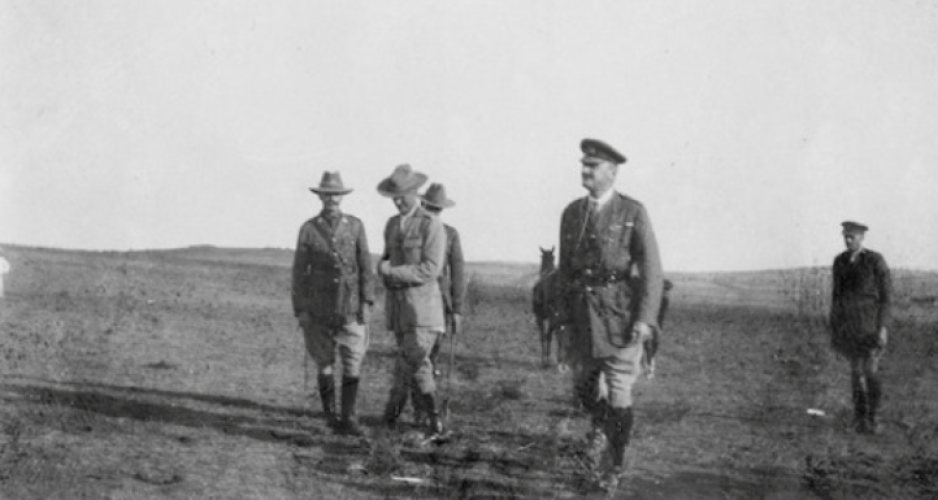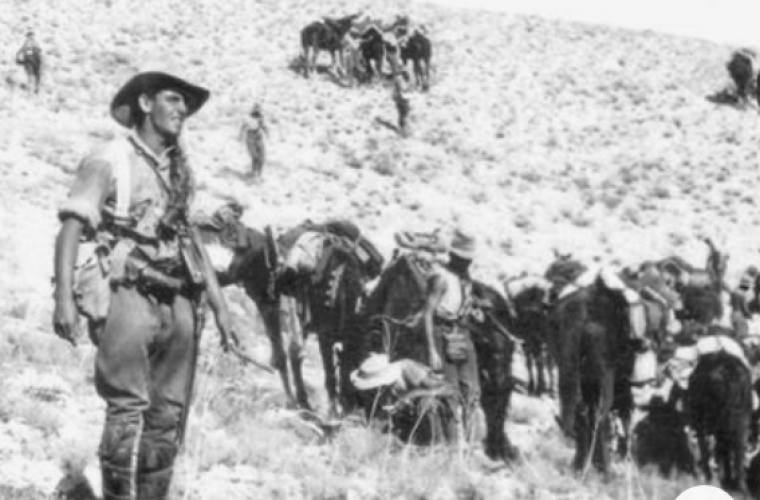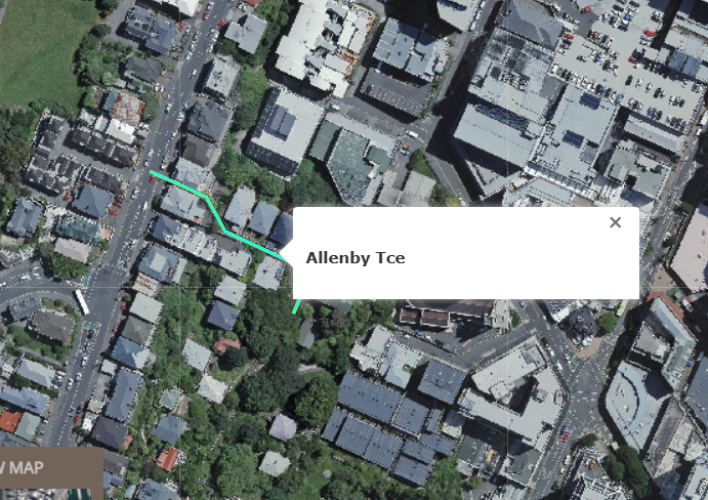General Allenby c 1920
Reason for the name
Then General Sir Edmund Allenby led the British Empire's Egyptian Expeditionary Force including New Zealand Mounted Rifles, during the Sinai and Palestine campaigns in World War I.
Edmund Allenby joined the British Army in 1880 and became a cavalry officer. He fought in the South African War and was a colonel at war’s end.
When the BEF went to France in 1914, Allenby commanded the single cavalry division in the force, latter commanding the expanded Cavalry Corps and V Corps on the Western Front. He was promoted to full general in June 1917.
After the failure of British attacks in Sinai Palestine in 1917, Allenby (seen as a more forceful general) replaced Sir Archibald Murray as commander of the Egyptian Expeditionary Force (EEF) and captured Jerusalem in December 1917. He commanded the EEF until the defeat of the Turkish Army in October 1918.
Under his command was the New Zealand Mounted Rifles Brigade which was part of the Anzac Mounted Division. The Anzac Division was one of the most effective parts of Allenby’s command. Its mobility was used to outflank and raid Turkish forces.
Field Marshal Edmund Henry Hynman Allenby, 1st Viscount Allenby, GCB, GCMG, GCVO, KStJ (23 April 1861 – 14 May 1936) was a senior British Army officer and Imperial Governor. He fought in the Second Boer War and also in the First World War, in which he led the British Empire's Egyptian Expeditionary Force (EEF) during the Sinai and Palestine Campaign against the Ottoman Empire in the conquest of Palestine.
When his forces entered Jerusalem he reported:
“..I entered the city officially at noon, 11 December, with a few of my staff, the commanders of the French and Italian detachments, the heads of the political missions, and the Military Attaches of France, Italy, and America... The procession was all afoot, and at Jaffa ate I was received by the guards representing England, Scotland, Ireland, Wales, Australia, New Zealand, India, France and Italy.”
The NZ Mounted Rifles Brigade in 1916, became part of the ANZAC Mounted Division. The brigade was then used in defence of the Suez Canal. Then following an abortive Turkish attack in the Sinai Desert, it took part in clearing the invaders from Egypt. Under the command of Allenby as part of the British Forces in the next two years, it forced the Turkish forces out of Palestine, collectively known as the Sinai and Palestine Campaign.
During the pursuit of the Turks, he commanded T. E. Lawrence ("Lawrence of Arabia"), whose campaign with Faisal's Arab Sherifial Forces assisted the EEF's capture of Ottoman Empire territory and fought the Battle of Aleppo, five days before the Armistice of Mudros ended the campaign on 30 October 1918.
He succeeded Wingate as High Commissioner in Egypt from 1919 until 1925, a position that meant he effectively ruled Egypt during this period.








